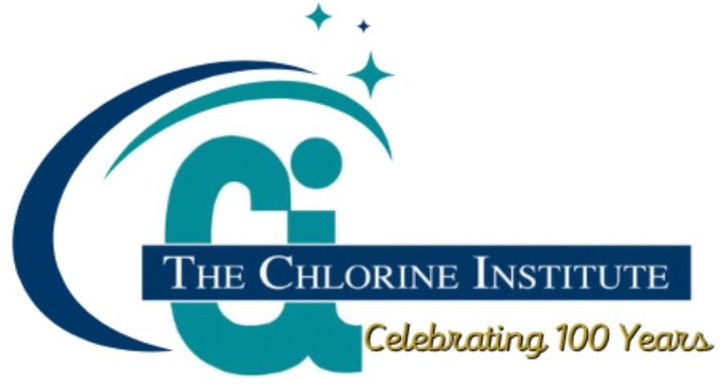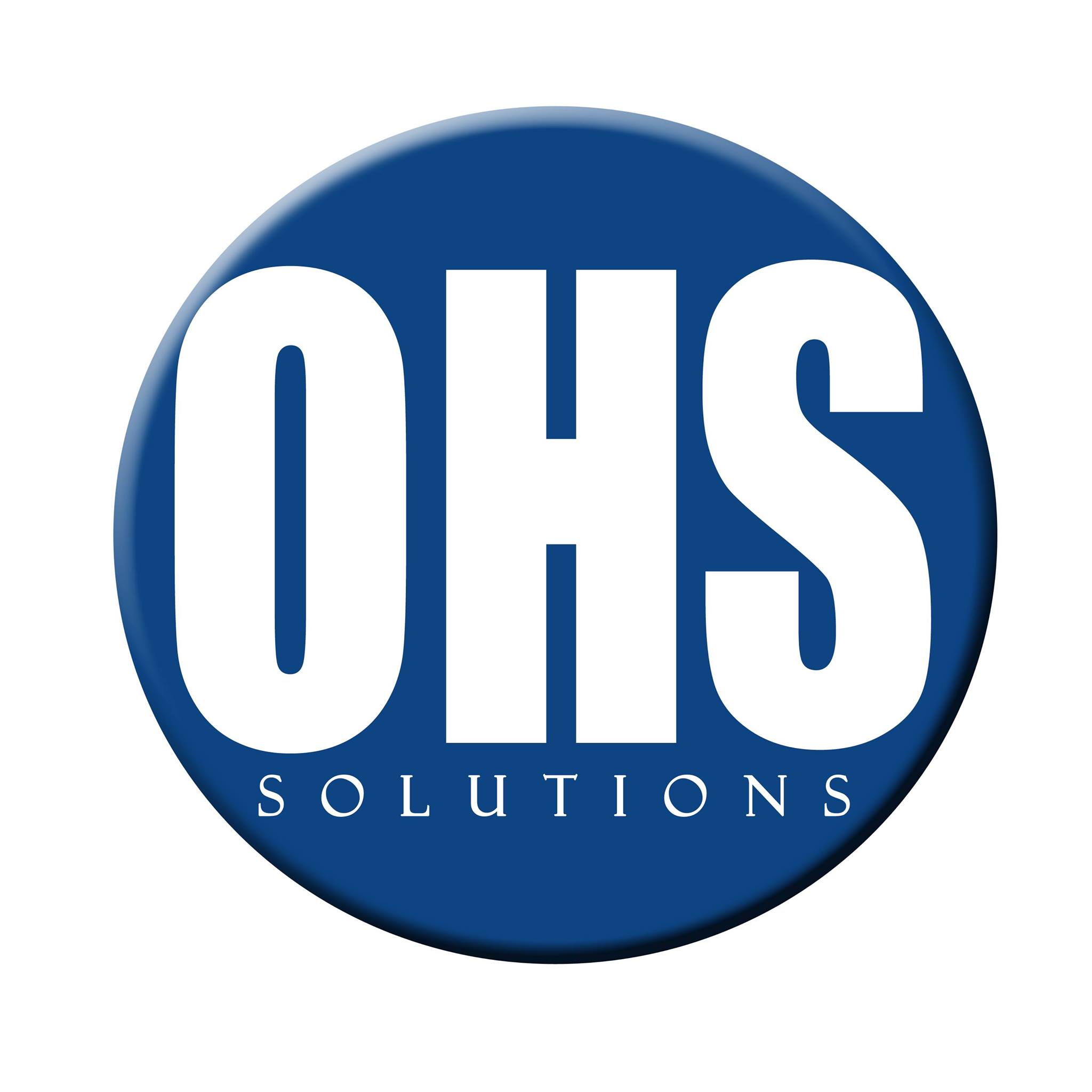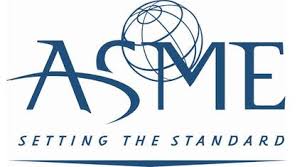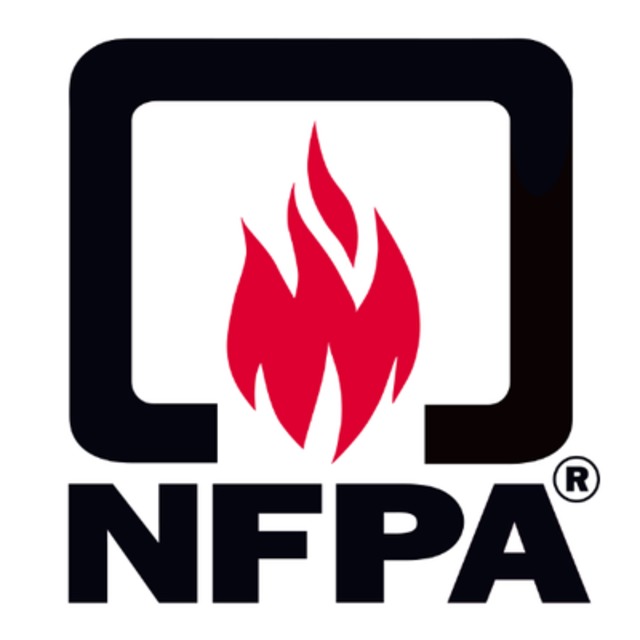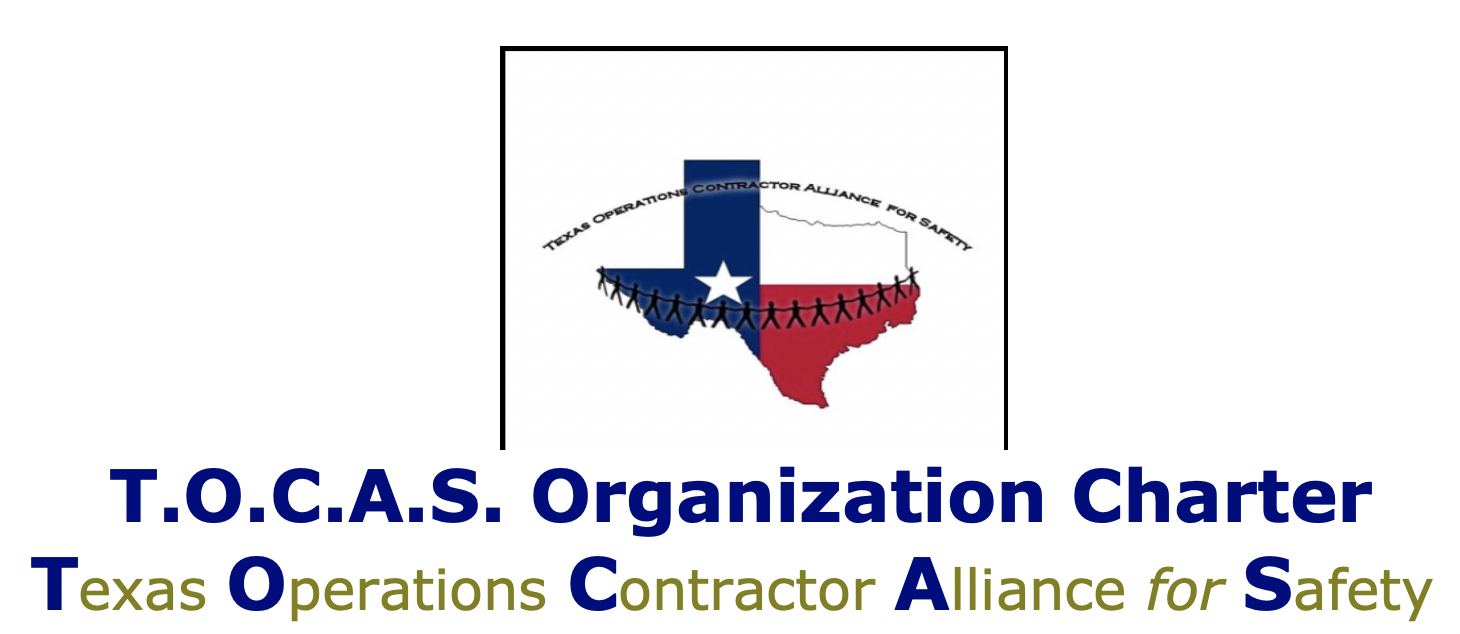While anhydrous ammonia has many environmental and operational benefits, it is also an extremely hazardous substance that, if accidentally released, presents a significant health hazard because it is corrosive to the skin, eyes, and lungs. Ammonia is also flammable at certain concentrations in air.
The Environmental Protection Agency (EPA) would like to work with facilities that have ammonia refrigeration systems to improve their safety, protect workers and the public from
exposure to toxic gas, and avoid product losses.
Notice of Compliance Assurance and Enforcement Initiative
EPA is providing advance notice of an upcoming enforcement initiative so that you can take steps now to avoid a penalty before the initiative begins. The Initiative will focus on AMMONIA REFRIGERATION FACILITIES using LESS THAN 10,000 pounds to enhance their compliance with the General Duty Clause of Section 112(r) of the Clean Air Act (“CAA”), 42 U.S.C. §(r)(1), and with Section 312 of the Emergency Planning and Community Right-to- Know Act (EPCRA), 42 U.S.C. § 11022.
Failure to comply with these requirements puts the public at risk of exposure to anhydrous ammonia.
The goal of Section 112(r) of the Clean Air Act, 42 U.S.C. § 7412(r), is to reduce the risk of chemical accidents. Owners and operators of stationary sources producing, processing, handling, or storing extremely hazardous substances (EHS), including anhydrous ammonia, must:
- identify hazards which may result from accidental releases using appropriate hazard assessment techniques;
- design and maintain a safe facility taking steps to prevent releases; and
- minimize the consequences of accidental releases that do occur.
For more information on the General Duty Clause: https://www.epa.gov/sites/default/files/documents/gendutyclause-rpt.pdf
This Initiative focuses on the first duty listed above. Conduct a comprehensive hazard review of your refrigeration system to comply with the duty to identify hazards. Appropriate
hazard identification techniques include standard industry checklists and What-if analyses. Trade associations may be able to help you find experienced consultants and hazard identification materials.
How will EPA’s Initiative Work?
Information Request:
EPA has begun preliminary investigations into compliance with the General Duty Clause by facilities that it believes have LESS THAN 10,000 pounds of ammonia. The primary focus of this Initiative is facilities with MORE THAN 1,000 pounds of ammonia. EPA will send a brief, targeted Information Requests to selected facilities that it believes may be out of compliance. Facilities must respond to EPA by answering four (4) questions about their ammonia refrigeration systems, including whether a process hazard review has been performed. If a facility has not performed the required hazard review, EPA will inform the facility that it has violated the first duty of the General Duty Clause.
Settlement:
Unless a significant release has occurred at the facility, EPA will offer to resolve this violation for a discounted penalty, provided the company agrees to perform a hazard
review of its system with the help of an expert. The company will also be required to meet with emergency responders and submit any missing Tier II forms.
Follow-up:
EPA will inspect a small subset of facilities to determine if the Initiative has improved compliance with the General Duty Clause.
Source: https://uploads.maulfoster.com/2024/08/08085039/gdc-r10-pilot-fact-sheet.pdf
